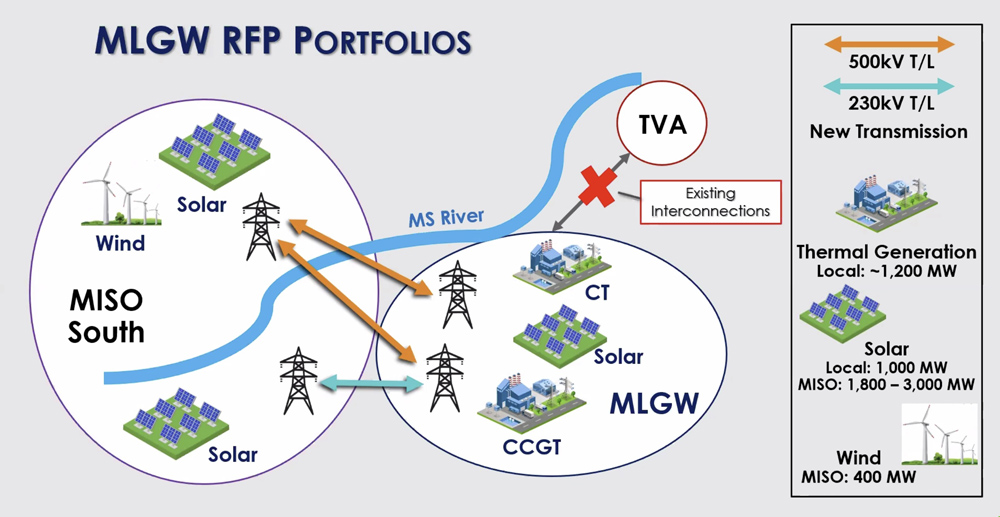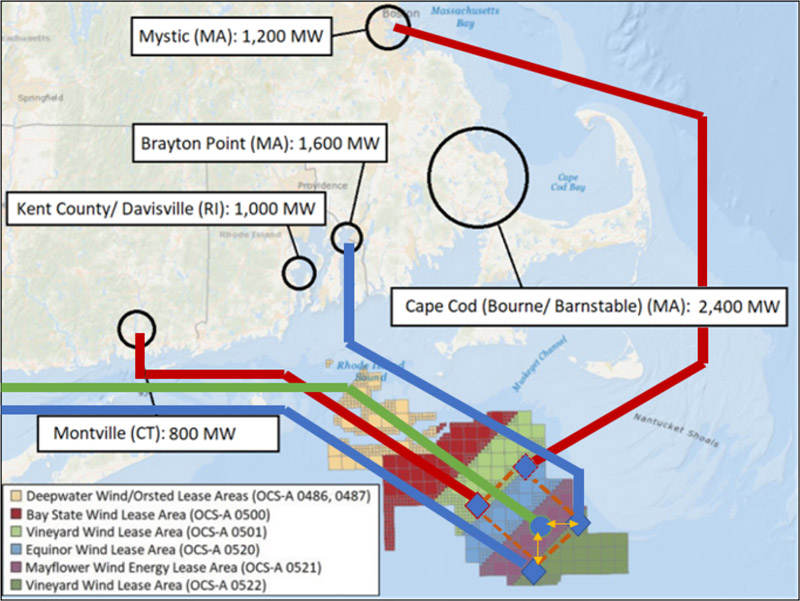Forecasters say a Western heat wave like the one that pushed CAISO’s grid to the breaking point over Labor Day weekend 2020 will hit California and the Desert Southwest this weekend, with temperatures that could set records in inland areas of Northern California.
The extreme heat promises to be the latest in a series of weather anomalies that have tested power systems from Texas to Washington state in the past two years.
“An extended period of dangerously hot conditions with record temperatures up to 115 [degrees F]” will threaten residents of inland areas of Northern California over the holiday weekend, with the highest temperatures anticipated on Sunday and Monday, the National Weather Service (NWS) said in a heat advisory.
Inland areas of Southern California, including downtown Los Angeles, could see highs up to 105 degrees on Sunday and Monday, with “abnormally warm overnight lows” that could cause millions of residents to run their air conditioners long after the region’s supply of solar ramps down in the evenings.
The NWS predicts highs of 112 degrees in Sacramento, 111 degrees in Las Vegas, 109 degrees in Phoenix and temperatures pushing into the 90s in areas of the Pacific Northwest (although not in major population centers such as Portland and Seattle), potentially limiting CAISO’s ability to import electricity from neighboring states.
Any interruptions to transmission or generation, which wildfires have caused the past two summers, could exacerbate the situation.
CAISO Responding
West-wide heat waves and supply constraints struck the Western grid in August and September 2020, causing CAISO to order rolling blackouts in mid-August of that year and to declare energy emergencies over Labor Day. The August blackouts affected more than 2 million residents for periods ranging from roughly 30 minutes to 3 hours.
Since then, CAISO has interconnected several thousand megawatts of lithium-ion batteries to its grid, almost all with 4-hour discharge capacities. The batteries are intended to make up for shortfalls during hot summer evenings and have performed according to expectations so far. How the batteries will perform in more extreme conditions could be tested this weekend.
California’s summer has been relatively mild this year with the exception of a less-severe heat wave in mid-August, when CAISO issued a “flex alert” asking customers to reduce usage.
In preparation for the upcoming heat wave, the ISO said it is carefully watching the situation on Sunday and Monday when it expects peak loads of around 48,000 MW.
“We are taking measures to bring on all available resources and considering potential load relief actions, including flex alerts,” CAISO said in an emailed statement. The alerts will ask customers to set thermostats at 78 degrees from 4-9 p.m., to avoid using large appliances and to turn out unnecessary lights.
“Flex alerts have been an effective way to lower electricity use and help the grid through the most stressed time,” it said.
The ISO has also called for restricted maintenance operations from Wednesday through Tuesday.
“Market participants are cautioned to avoid scheduled maintenance to ensure all available generation and transmission lines are in service,” it said.
In a video posted to YouTube Tuesday, CAISO CEO Elliot Mainzer said, “With extreme heat forecast across California and the West over the next week through the Labor Day holiday, we need the public’s help to keep the power flowing without interruption. The ISO will use all available resources and tools to meet the heightened demand for electricity during this regional heat wave, but intense weather events like these call on all of us to do our part.”
Weather Anomalies
Record temperatures this weekend would continue an unpredictable series of extreme weather events, which many attribute to climate change.
February 2021’s winter storm nearly collapsed ERCOT’s grid amid widespread blackouts ordered by the Texas grid operator and SPP. A heat dome over the normally mild Pacific Northwest in June 2021 pushed temperatures to 116 degrees in Portland, Ore., and 108 degrees in Seattle, with some inland areas hitting 118 degrees. (See Avista Orders Blackouts as Temperatures Soar.)
In July of last year, a massive wildfire in southern Oregon severely derated the Pacific AC and DC interties during a Western heat wave, shutting off essential summer power from hydroelectric dams in Washington and Oregon to California.
Mainzer said in a recent interview with RTO Insider that extreme weather events are affecting load planning.
“How different weather patterns may behave in different parts of the West and what it means for our energy infrastructure is an issue that’s becoming front and center,” Mainzer said. “The basic physics of greenhouse gasses, where you’re trapping more heat in the atmosphere, means greater extremes.”
In an Aug. 19 webinar, two Stanford University students who performed summer fellowships with the Western Interstate Energy Board (WIEB), presented their findings on extreme weather and the grid.
Temperatures across the region have generally increased by about 1 degree F since 1995, researchers Jake Hofgard and Evan Savage said in the WIEB webinar. “However, this … smooths over the extreme temperatures which have the most impact on the grid,” Savage said.
All regions in the West saw an increase in extreme temperatures during heat waves, particularly the Pacific Northwest, California, Nevada, Arizona and Colorado, they said.
Their research focused on weather anomalies because “identifying extreme weather events and their impact on the grid is going to be particularly useful for regulators that want to prevent outages, especially in summer months,” Hofgard said. The researchers concluded that “extreme weather anomalies are becoming more common across the entire West, with a particularly significant increase in the Pacific Northwest.”
Their forward-looking analysis showed Phoenix could eventually see temperatures of 125 degrees in a 1-in-100 weather event, with Albuquerque and Salt Lake City also experiencing abnormally high temperatures.
Grid planners need to better incorporate weather anomalies into their load forecasts and to increase reserve margins, while making those margins more dynamic in response to weather variations, they said.
“We found that assuming historical weather patterns for long-term forecasting is no longer reliable,” Savage said. “As extremes become more prominent, [it] could expose utilities to risk. And similarly, long-term energy load forecasts should also include climate modeling in order to capture the increase in extreme temperatures that we may see in the future and [the corresponding] increase in air conditioning load growth.”

